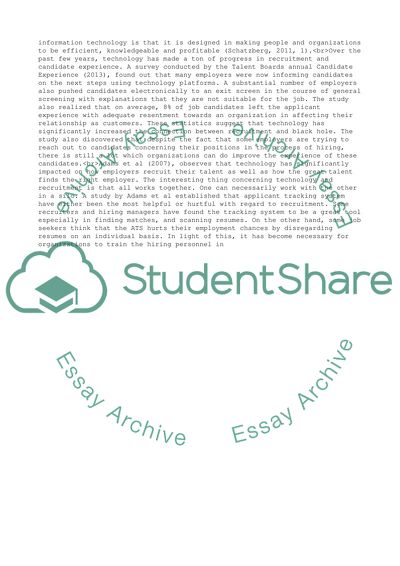Cite this document
(Social networking and recruitment Literature review, n.d.)
Social networking and recruitment Literature review. https://studentshare.org/human-resources/1813177-social-networking-and-recruitment
Social networking and recruitment Literature review. https://studentshare.org/human-resources/1813177-social-networking-and-recruitment
(Social Networking and Recruitment Literature Review)
Social Networking and Recruitment Literature Review. https://studentshare.org/human-resources/1813177-social-networking-and-recruitment.
Social Networking and Recruitment Literature Review. https://studentshare.org/human-resources/1813177-social-networking-and-recruitment.
“Social Networking and Recruitment Literature Review”. https://studentshare.org/human-resources/1813177-social-networking-and-recruitment.


